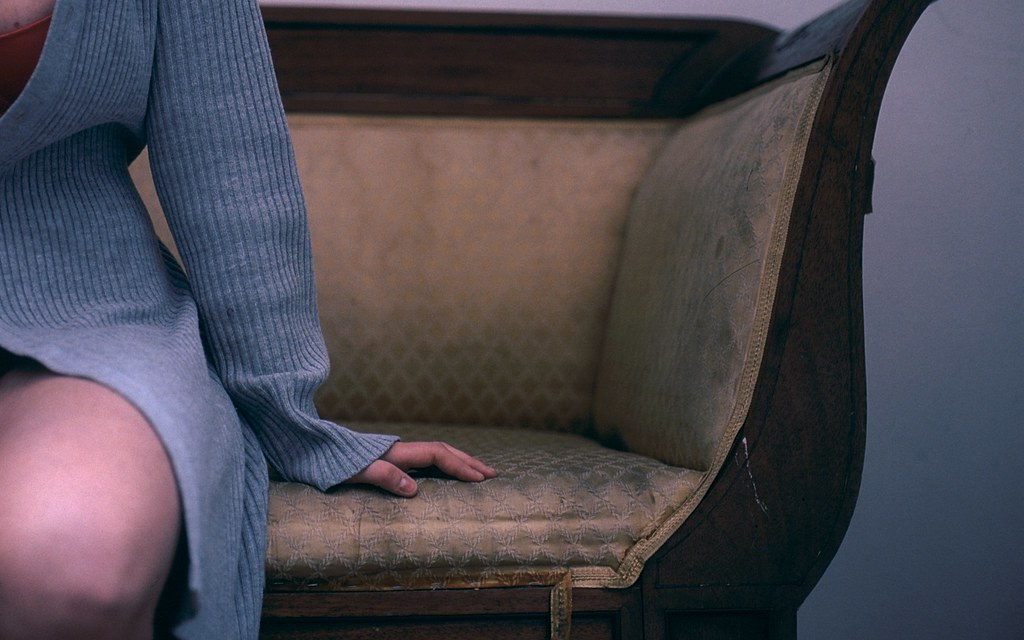If mold has taken root in your fabric furniture like ivy on a wall, fear not, for there are ways to combat this unsightly intruder.
Looking to tackle mold on your fabric furniture?
Mold growth can be a common issue, especially in humid environments or areas with poor ventilation.
In this guide on “How to Remove Mold from Fabric Furniture,” we’ll provide you with effective strategies and step-by-step instructions to combat this problem.
Mold not only mars the appearance of your furniture but can also pose health risks if left untreated.
By following our expert tips and techniques, you’ll learn how to safely and efficiently remove mold from your fabric furniture, restoring its cleanliness and freshness.
Say goodbye to mold and hello to a cleaner, healthier living space with our comprehensive guide.
Key Takeaways
- Expose fabric furniture to sunlight to kill mold spores and inhibit growth.
- Vacuum fabric furniture regularly to remove loose mold and prevent its spread.
- Use a vinegar and water solution to disinfect fabric and deter future mold growth.
- Apply a bleach treatment to eliminate mold spots and ensure complete drying.
Expose to Sunlight
To effectively remove mold from fabric furniture, start by exposing the affected areas to direct sunlight.
Sunlight is a natural enemy of mold spores, as it helps to kill them and prevent further growth. By placing your furniture in direct sunlight, you not only aid in eliminating existing mold but also deter future mold development.
The ultraviolet rays in sunlight are particularly effective in inhibiting mold growth on upholstery.
Additionally, sunlight aids in reducing moisture trapped in the fabric, creating an environment less conducive to mold.
Fresh air can also play a significant role in drying out the fabric and preventing mold. When combined with sunlight, the ventilation provided by fresh air can further discourage mold spores from thriving on your furniture.
This method is both cost-effective and eco-friendly, as it harnesses the power of natural elements to combat mold effectively.
Remember to rotate the furniture to make sure all sides receive adequate sunlight exposure for the best results.
Vacuum It Up
Using a vacuum with a brush attachment is the first step to effectively removing mold spores from fabric furniture.
Before delving into deeper cleaning methods, it’s important to eliminate loose mold residue by vacuuming the affected areas thoroughly.
The brush attachment helps dislodge mold spores from the fabric, making it easier to suction them up.
Make sure you cover all surfaces of the furniture, including crevices and seams where mold can hide.
Proper disposal of the vacuum bag is important to prevent mold spores from spreading indoors.
After vacuuming the furniture, seal the bag tightly before discarding it in an outdoor trash bin. This precautionary measure helps maintain a clean and mold-free environment in your home.
Regular vacuuming isn’t only important for removing existing mold but also for preventing future mold buildup on upholstery.
By incorporating vacuuming into your routine cleaning practices, you can effectively combat mold growth and maintain a healthy living space for you and your family.
Clean with Vinegar
Start by mixing white vinegar with water in a 1:1 ratio in a spray bottle to effectively clean mold from fabric furniture.
White vinegar is a powerful natural cleaner that can help kill mold spores and disinfect fabric upholstery without the use of harsh chemicals. This solution is safe for most fabrics and can be a cost-effective and eco-friendly way to combat mold growth.
To clean with vinegar, spray the solution generously onto the affected fabric areas.
Allow it to sit for about an hour to penetrate the mold and disinfect the fabric thoroughly.
Afterward, use a clean cloth to blot and scrub the mold-infested spots gently.
Repeat the process if necessary until the mold is completely removed from the fabric.
Regularly cleaning fabric furniture with white vinegar not only helps eliminate existing mold but also prevents future mold growth, maintaining a healthy and mold-free environment in your living space.
Remember to test a small, inconspicuous area of the fabric first to ascertain that the vinegar solution doesn’t cause any damage.
Use Bleach
Consider utilizing a mixture of bleach and laundry detergent to effectively eliminate mold from fabric furniture.
To create the cleaning solution, mix 8 ounces of bleach and 2 ounces of laundry detergent per gallon of water.
Apply this bleach solution generously to the affected areas, ensuring complete coverage.
Let it sit for about 15 minutes to allow the bleach to kill the mold effectively.
After the soaking time, rinse the fabric thoroughly to remove any bleach residue and prevent discoloration.
It’s important to air-dry the fabric completely after cleaning with bleach to prevent trapping moisture, which could lead to further mold growth.
If any mold spots persist after the initial cleaning, repeat the process until the fabric is completely mold-free.
Rubbing Alcohol
To effectively utilize rubbing alcohol for removing mold from fabric furniture, make sure you mix it with water in equal parts for an efficient disinfecting solution.
When dealing with mold on fabric furniture, rubbing alcohol can be a handy tool due to its ability to kill mold spores on contact and its quick evaporation rate.
Before applying rubbing alcohol to the affected areas, it’s important to conduct a patch test on a small, inconspicuous area of the fabric to check for any potential damage or discoloration.
When using rubbing alcohol on fabric furniture, gently dab or wipe the mold-infested spots to prevent spreading the spores further.
By incorporating rubbing alcohol into your cleaning routine, you can’t only effectively remove mold but also deter its regrowth, leading to a healthier environment in your home.
Remember, a meticulous approach to using rubbing alcohol can help maintain the integrity of your fabric furniture while combating mold effectively.


Leave a Reply